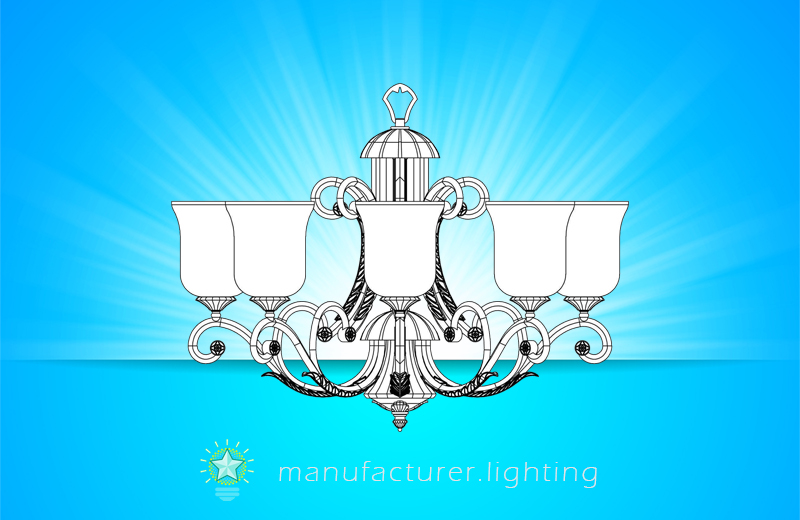
Lighting defines the scene for senses of comfort and protection. Different from commercial, civic, and institutional projects, residential interior lighting is a generally strong manifestation of the homeowners own sense of style. Quality lighting is essential to people who live in their homes. Effective, properly designed lighting is most likely to make their life pleasurable and productive. Where ceiling space allows, recessed luminaires are typically used being that they are generally less conspicuous, easier on the budget and less prone to vandalism than surface luminaires. A surface-mounted luminaire or a general downlight having a wide, soft edge beam pattern will give basic illumination in the center of the room. The beautifully crafted pendant lights can bring style and sophistication to your house. Add a touch of classy styling to your home decor with a crystal chandelier. Decorative sconces or decorative ceiling luminaires are generally used either alone or together to provide ambient illumination. Indirect lighting or large-area diffused sources almost always establish a brighter-looking space and call more focus on the entire room. Decorative lighting enhances the aesthetics, adds a residential feel. Night lights for residential use are used mostly to dimly illuminate corridors and rooms. Table lamps, floor lamps or pendants provide a peaceful, homelike atmosphere. Portable and/or adjustable desk lamps can provide flexibility for various tasks. Lamp shade material and table lamp height should be chosen in order to avoid light shining in the eyes. The selection of general illumination sources for residential lighting is generally taken care of by an equilibrium of energy efficiency and the ability to consistently produce colors as measured by the color rendering index (CRI). Light emitting diode (LED) is an alternative lighting technology which promises the energy efficiency of fluorescent lights and also the brilliant spectral qualities of incandescent lighting.
